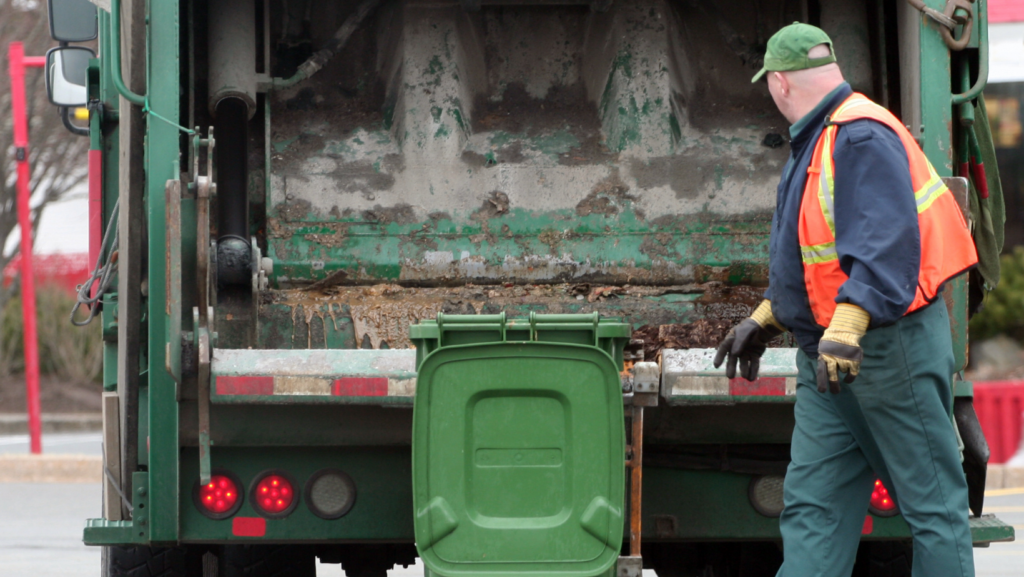A Toronto company wants to build a facility in Louisiana that would burn wood and garbage to produce what it considers “renewable” biofuels, though some critics question their sustainability. (Canva image)
A Toronto-based energy company announced plans Tuesday for a new facility in Louisiana that would burn wood and garbage to produce what it considers “renewable” biofuels, though some critics question their sustainability.
Woodland Biofuels Inc., announced a planned $1.35 billion investment at the Port of South Louisiana in St. John the Baptist Parish to establish one of the world’s largest biofuel production facilities. It would burn waste biomass, such as industrial wood scraps and residential and commercial garbage, to produce natural gas and hydrogen, according to a Louisiana Economic Development (LED) news release.
If the project moves forward as outlined, the company expects to create 110 direct new jobs with an average annual salary of more than $90,000, LED said.
Louisiana taxpayers will partially subsidize the company. LED offered Woodland Biofuels a $10 million performance-based grant. The company is also expected to claim tax breaks from the state’s Quality Jobs Tax Credit and Industrial Tax Exemption Program (ITEP).
Although Woodland Biofuels labels its products as “renewable natural gas” and “green hydrogen,” biomass is a relatively old form of energy that critics say is essentially just the burning of trees.
One of the most commonly used biofuels are wood pellets formed by compressing raw materials, including whole trees, branches, sawdust and other plant matter. The wood pellets can be burned directly for energy to produce heat and electricity, or they can be used to create synthetic fuels such as hydrogen and methane (natural gas).
That latter process is what Woodland Biofuels has planned for its Louisiana facility. According to its website, the company uses agricultural waste, forest industry waste (timber scraps) and municipal waste (garbage) as energy feedstocks in a gasification process.
Gasification is the burning of solid fuels in a low-oxygen environment to prevent complete combustion with the goal of extracting gasses from the solid fuels. Trash or wood waste is heated to extremely high pre-combustion temperatures and mixed with steam. The reaction can produce hydrogen, carbon monoxide, carbon dioxide, methane and other byproducts such as charcoal ash.
As Louisiana doubles down on biomass, Europe cools on alternative energy source
According to LED’s news release, Woodland Biofuels plans to capture the carbon dioxide and sequester it underground at a storage site to be determined at a later date.
The European Union’s 2009 pledge to shift from fossil fuels to renewable energy led to biomass being classified as a renewable energy. Most of the wood pellets used in Europe are harvested from the American South, according to a CNN report.
Critics argue that wood biomass energy worsens deforestation, causes harmful air pollution and delays society’s transition to more sustainable power sources such as solar, wind and geothermal energy.
A 2018 study in the journal Environmental Research Letters calculated that carbon dioxide emissions from burning wood are actually higher than burning coal because wood contains more water — even when dried and compressed into a pellet — and is a less efficient source of energy, Wired reported.
The United Nations cautioned against the extensive use of biomass energy, stating, it “should only be used in limited applications, given potential negative environmental impacts related to large-scale increases in forest and bioenergy plantations, and resulting deforestation and land-use change.”
Woodland Biofuels’ proposed plant would be located at the Globalplex multimodal facility at the Port of South Louisiana. A front-end engineering design (FEED) study for the site is anticipated to be finalized by the second quarter of 2025, with a final investment decision expected by the end of next year.
Commercial operations for the first phase of the project — the renewable natural gas production plant — are projected to start in 2028, LED said.
GET THE MORNING HEADLINES DELIVERED TO YOUR INBOX

